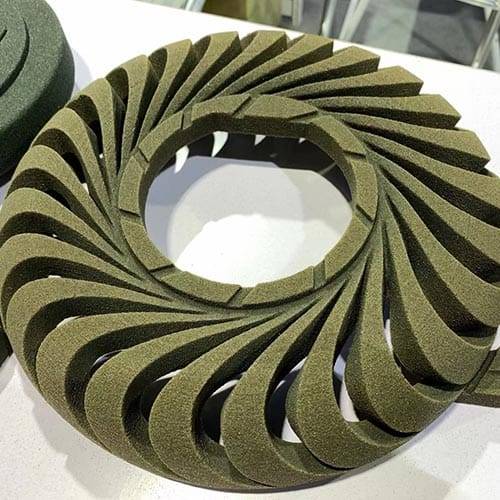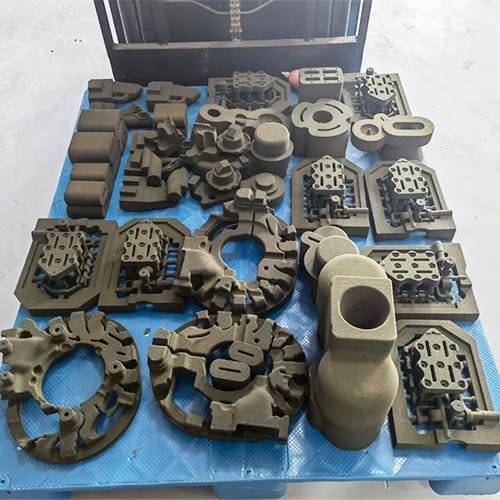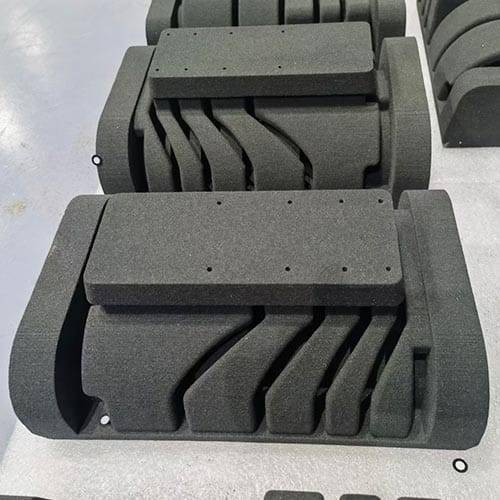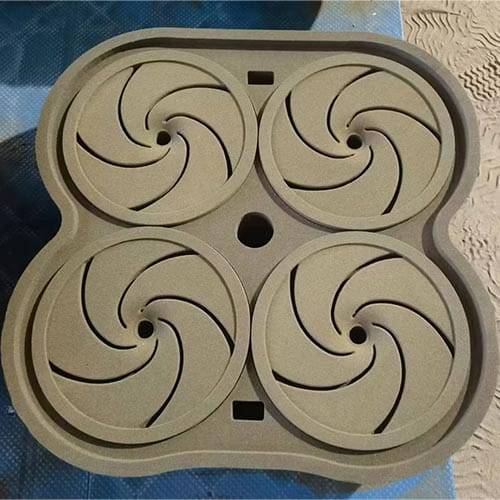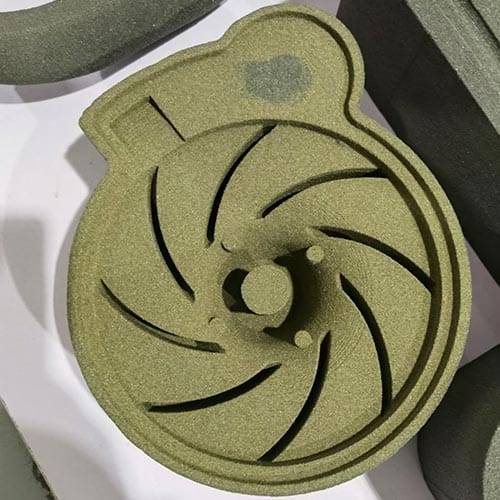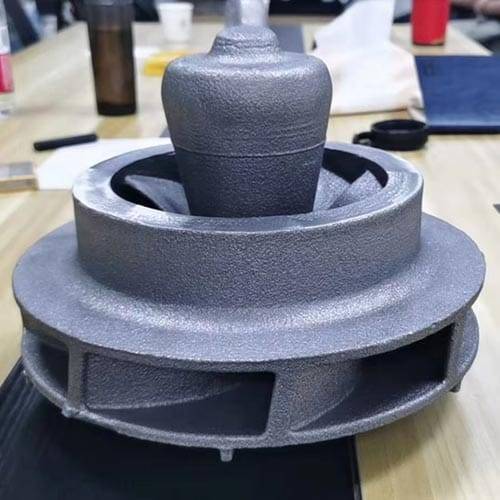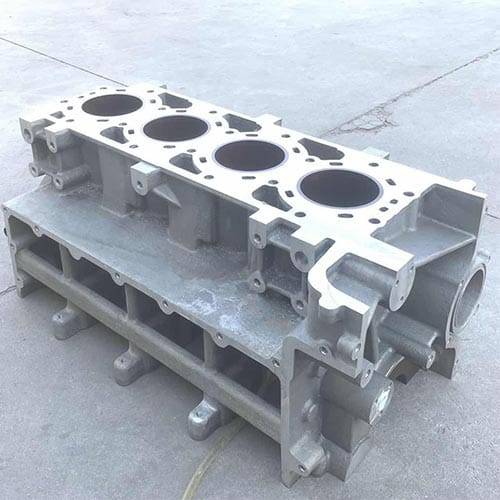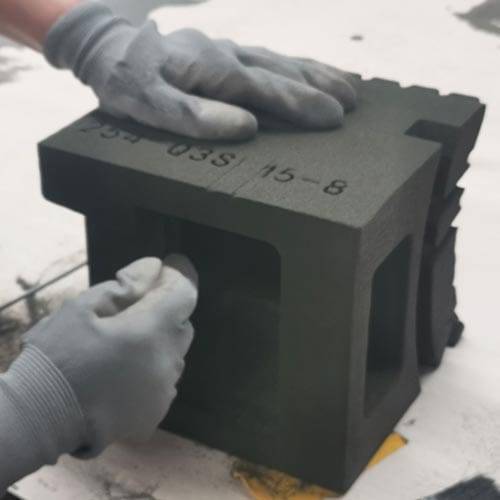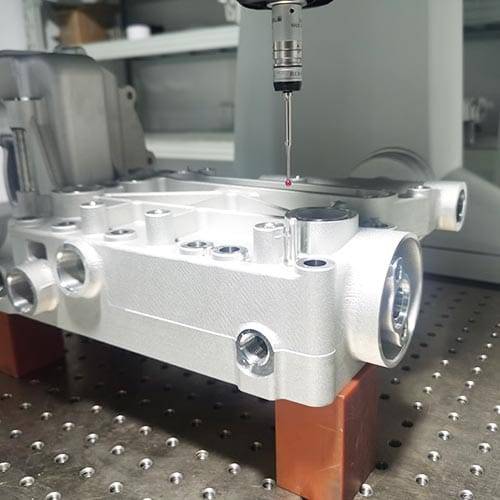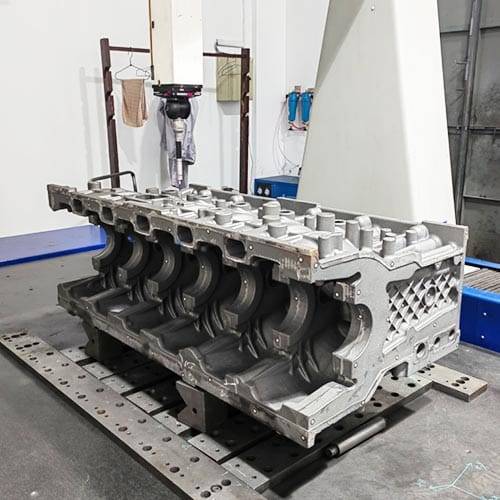Description
3D Printing Sand Mold Rapid Casting Capabilities
3D printing sand casting has a high degree of design freedom and complex structure molding capabilities. For example, sand molds with internal cavities, curved channels, special-shaped curved surfaces and other structures are difficult to achieve or extremely costly due to the limitations of mold manufacturing technology. 3D printing sand casting can easily and accurately print sand molds of various complex shapes based on digital three-dimensional models, making it possible to produce castings with complex structures.
For some small-batch, customized casting production, 3D printing sand casting has unique advantages. It can quickly design and print the corresponding sand mold according to the specific requirements of customers to meet the personalized needs of different customers, avoiding the tedious process of mold opening and mold repair in traditional mold manufacturing, and greatly shortening the production cycle of customized products. In the product development and design stage, if it is found that the design of the casting needs to be modified, traditional sand casting needs to remake the mold, which is costly and time-consuming. 3D printing sand casting only needs to modify the digital model on the computer and then reprint the sand mold, which can quickly realize the iteration and modification of the design and speed up the product development process.
3D printing technology can accurately control the size and shape of the sand mold, reduce the dimensional deviation of the casting caused by mold manufacturing errors, parting surface matching and other problems, and improve the dimensional accuracy of the casting. The printed sand mold has a smooth surface, which makes the final casting surface quality better and reduces the subsequent processing and handling workload.
Production Capacity
Our group company has two 3D printing rapid prototyping casting centers, with a total of 10 2.5-meter and 1.8-meter printers, which can cast various types of castings such as cast iron, cast steel, stainless steel, aluminum alloy, copper alloy, etc., serving various fields such as general machinery, aerospace, new energy equipment, automobile engines, medical equipment, etc., with an annual casting capacity of 1,500 tons of rapid prototyping.

